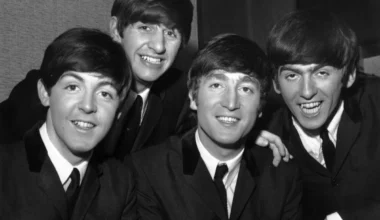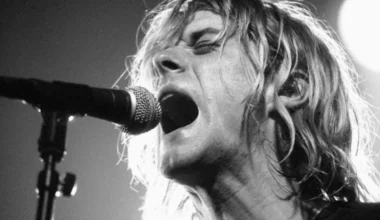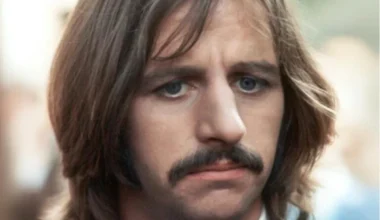Dave Grohl’s Foo Fighters: From Side Project to Rock Icons
When Foo Fighters first surfaced as Dave Grohl’s mysterious new project, it was understandable that some people doubted its longevity. After the end of Nirvana and with uncertainty hanging over the music world, Grohl just wanted to keep making music. But with Nirvana’s shadow looming large, many assumed his time in the spotlight would be brief.
Grohl had already experienced the feeling of being left behind, not just after Kurt Cobain’s death, but in the changing music scene. Many of his peers had embraced the “anti-hero, anti-classic-rock” mentality, shunning traditional rock in favor of more abrasive, less accessible sounds.
Though Grohl didn’t follow the trends, he still enjoyed listening to music from all genres and appreciated bands like AC/DC and The Beatles.
When Grohl joined Nirvana, he felt like he had struck gold. As he told Louder, “I really loved the connection and the appreciation that Nirvana’s audience had with the band.” Living with Cobain and making music that mixed various genres, Grohl enjoyed being part of something massive, even if he remained the less recognizable drummer in the background.
But after Cobain’s death in 1994, Grohl’s world changed. He still wanted to play music but continuing with Nirvana felt wrong—he couldn’t sing the songs that belonged to his late friend.
Despite wanting to escape the grunge scene, Grohl wasn’t ready to leave music behind. He wanted a fresh start, where he could write, sing, and perform his own material for an audience that would embrace his voice and presence.
Even after Foo Fighters’ identity as Grohl’s project was revealed, he wasn’t sure how long it would last. Despite his enthusiasm, hard work, and realization that “life is worth living every single day,” there was no certainty that the band would enjoy long-term success.
The first album showed promise and answered the question of what the former drummer of a global grunge phenomenon could do on his own. However, it was the follow-up, The Colour and the Shape, that proved Foo Fighters were here to stay.
This album, still considered quintessential to the Foo Fighters’ catalog, showcased Grohl’s growth, not just as a drummer, but as a musician capable of defying expectations and building a devoted fanbase.
In a 2005 interview, Grohl expressed his pride in the record’s success, noting that it was a turning point for the band: “I’m really proud of that record because the first one was recorded in five or six days and the lyrics were just thrown together and the arrangements were so simple,” he said.
With The Colour and the Shape, producer Gil Norton pushed the band to a new level. “We wanted people to know we’d be around for a while, that the first record wasn’t just a one-off. We had to prove ourselves with something really strong and I think we did that.”
That’s exactly what they accomplished. With songs like ‘Everlong’, ‘My Hero’, ‘See You’, and ‘Walking After You’, Grohl solidified Foo Fighters as more than just a fluke. The album marked the transition from an extended side project to a serious musical force.
Thankfully, the fans were there for the ride, and The Colour and the Shape was the moment Foo Fighters cemented their place in rock history.








